The Story Behind Iconic Photo Of Grieving Mother Searching For Son Among Returning Austrian POWs, 1947
As war spread across Europe, many Austrians were caught in the conflict, serving in the Axis and Allied forces. Their families faced long, painful waits, praying for their safe return. Some families were reunited after the war, but others waited much longer.
The photo of a mother giving a photo of her son to a returning prisoner of war became iconic, showing the contrast between hope and sadness on her face. The image reflects the fierce fate of prisoners of war (POWs) at that time.
The making of the image
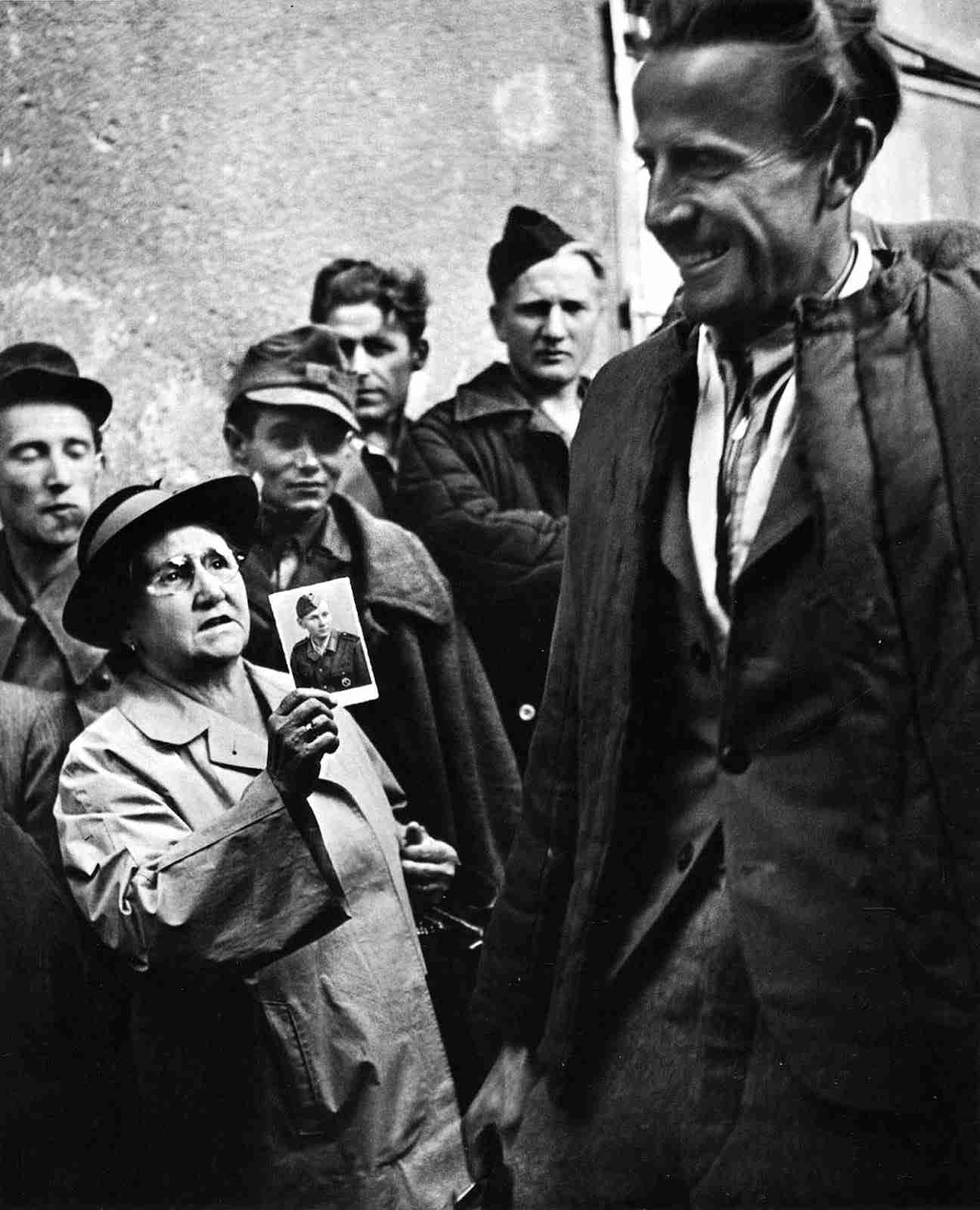
In 1947, at Vienna’s Southern Railway Station, photographer Ernst Haas captured a touching moment of the return of the first 600 Austrian war prisoners from Eastern Europe.
Haas claims that while searching for a place for a fashion shoot, he came upon the masses of women awaiting at Vienna’s Südbahnhof train station and knew right away there was a story worth telling.
While joyous for some, this moment was not so for everyone waiting at the Railway Station. Haas’s remarkable “Homecoming Prisoner” series depicted human emotions in post-war Europe. One of them shows an unknown man overjoyed to be home.
Haas witnessed a mother showing a picture of her son to the man, hoping someone would recognize him or know where he was. The look on the mother’s face is just heartbreaking, but there is a glimmer of hope. He immediately captured this moment.
The historical context behind the photo
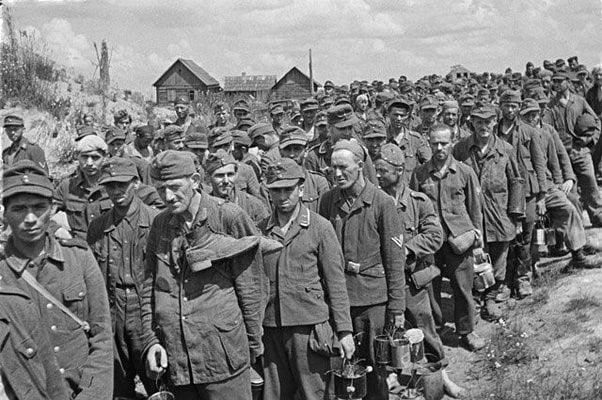
The Soviets captured millions of POWs from Allied nations between 1939-45. Most of them were German, but there were also over 150,000 Austrian prisoners. With over 2.3 million Germans and over 1 million combatants from other European nations held captive, the suffering was immense.
British military historian Max Arthur reflected on the Soviet perspective, noting, “In 1945, in Soviet eyes, it was time to pay… For most Russian soldiers, any instinct for pity or mercy had died somewhere on a hundred battlefields between Moscow and Warsaw.”
The USSR often faced criticism for their poor treatment of POWs. For instance, they kept POWs in camps and detention centers, which were poorly built huts and could hardly withstand Russia’s harsh winters.
Simply put, the country was unequipped to care for so many prisoners, especially when it was already struggling to support its own population.
Consequently, the situation for POWs under Soviet captivity was terrible. By 1943, as more enemy soldiers were captured, the death rate among POWs skyrocketed to about 60 percent. Approximately 570,000 German and Axis prisoners had already died in captivity.
According to German historian Rüdiger Overmans, about 3,000,000 POWs were taken by the USSR. He estimated the maximum number of German POW deaths in Soviet hands during World War II to be 1.0 million.
By March 1944, conditions improved somewhat towards the end of the war. The Soviets began using POWs for forced labor, so they had to keep them healthy enough to work.
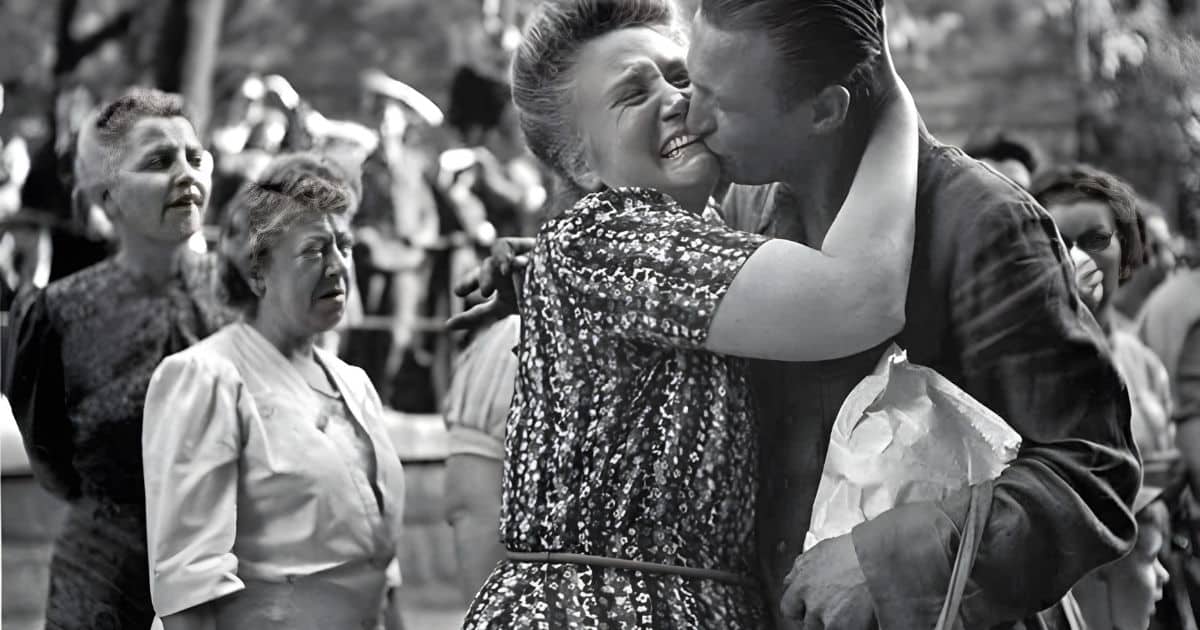
When the war ended, the USSR was in no hurry to return prisoners to their home countries. However, The Soviet Union released Austrian prisoners much faster than they released Germans.
The first group of just 600 Austrians was sent home on September 12, 1947, and the last Austrians were freed in 1955. In the early years of the occupation, the Soviets permitted only teenagers, the elderly, and the sick to be repatriated.
By 1949, about 136,000 POWs had been released and returned to Austria. However, around 1,100 were sentenced to long-term imprisonment in Soviet labor camps.
These “late homecomers” (Spätheimkehrer) were released in the 1950s, with some gaining freedom after Stalin’s death in 1953, but the majority were released in 1955 due to the Austrian State Treaty.
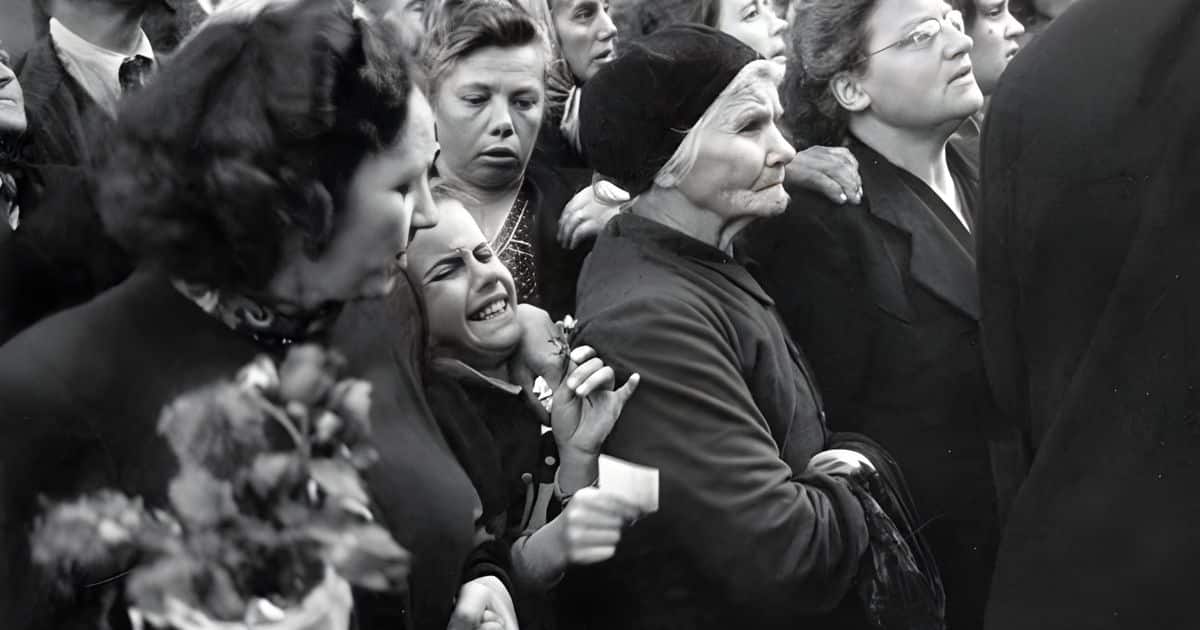
The repatriation process was far from swift or consistent. Even as late as 1953, at least 20,000 German POWs remained in Russia, their long-awaited return home delayed by geopolitical complexities.
The impact of the photo
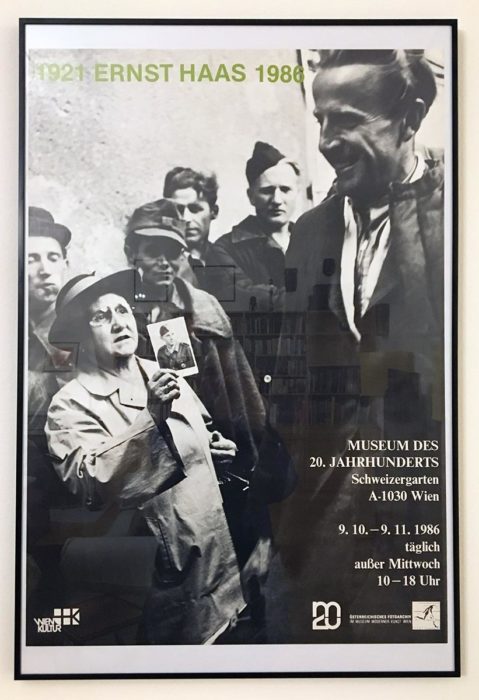
Haas’s photograph, initially published in 1949, captured the attention of a broad audience, earning him recognition as a notable photojournalist. It encapsulates the narrative of post-war reunions, evoking empathy for those anxiously awaiting the return of loved ones.
Heute’s US editor-in-chief, Warren Trabant, later gave the following testimony about Haas’s photographs:
“When I saw the first set of pictures, I knew I had stumbled upon a genius and I felt a chill up and down my spine – a rare treat for someone who had shuffled through thousands of photographs, appreciating some, being impressed by others, but never really thrilled until that day.”
The image of prisoners returning from the Second World War held a significant place in Austria’s postwar iconography. Haas’s images have become iconic, symbolizing both the terrors of war and the hopes for a new beginning.

